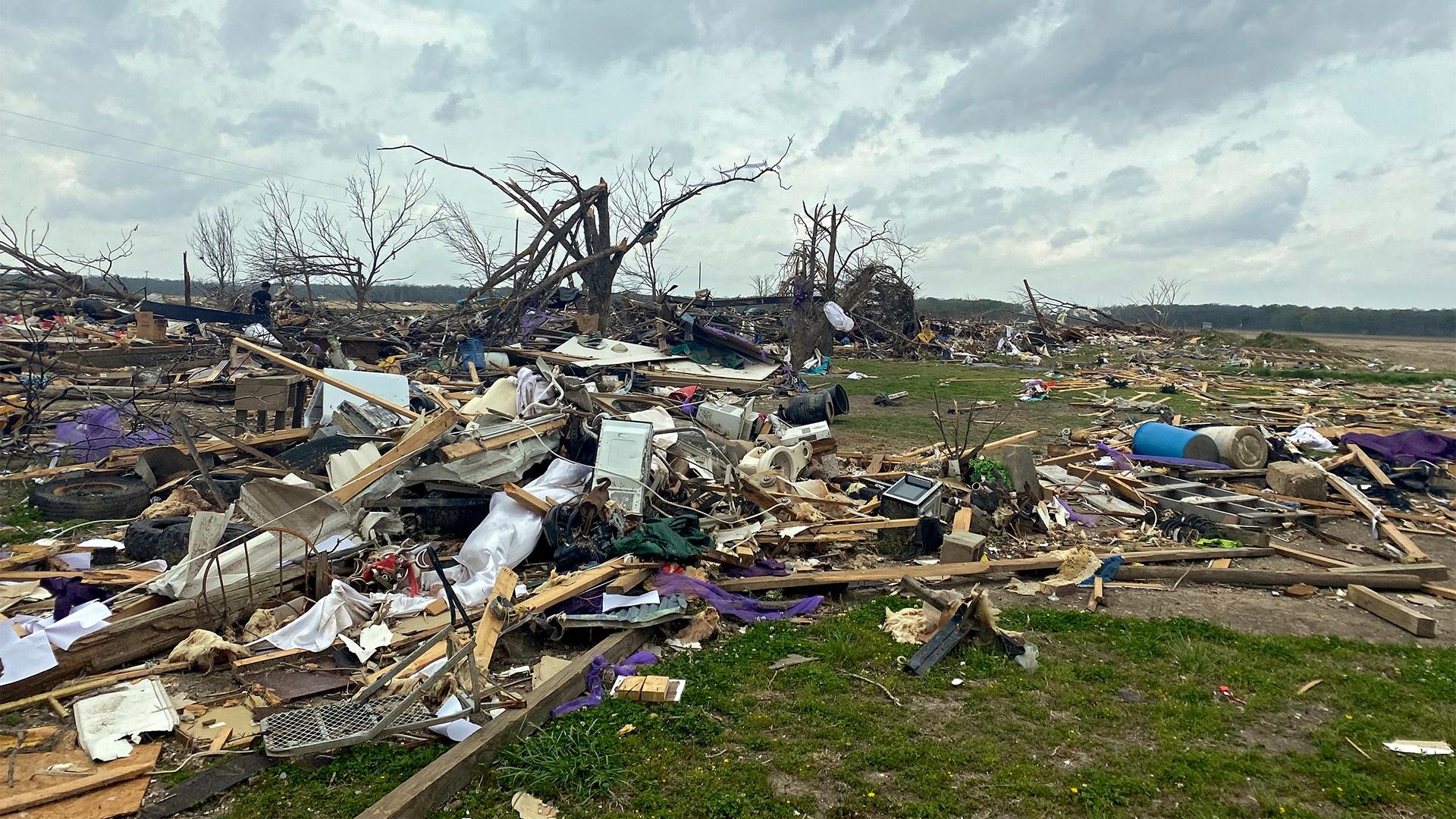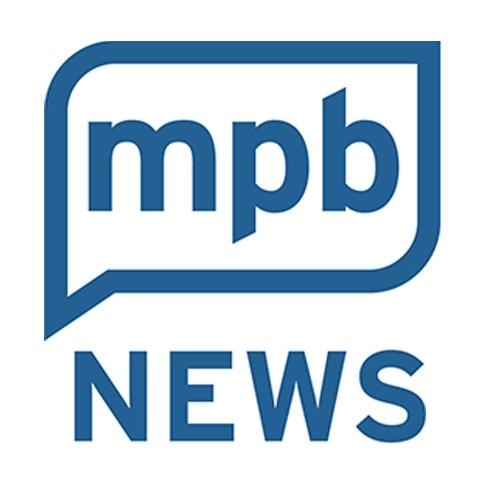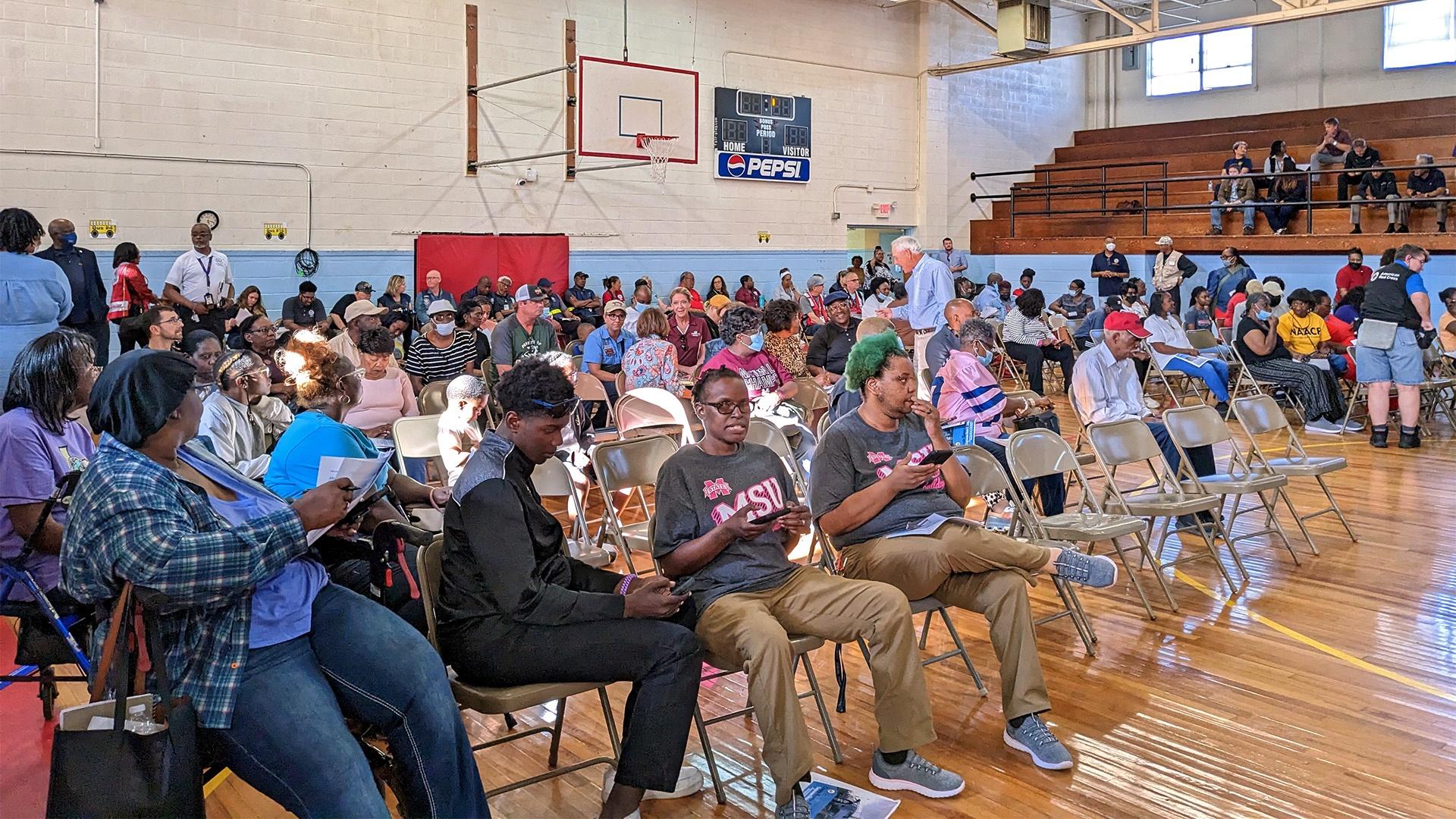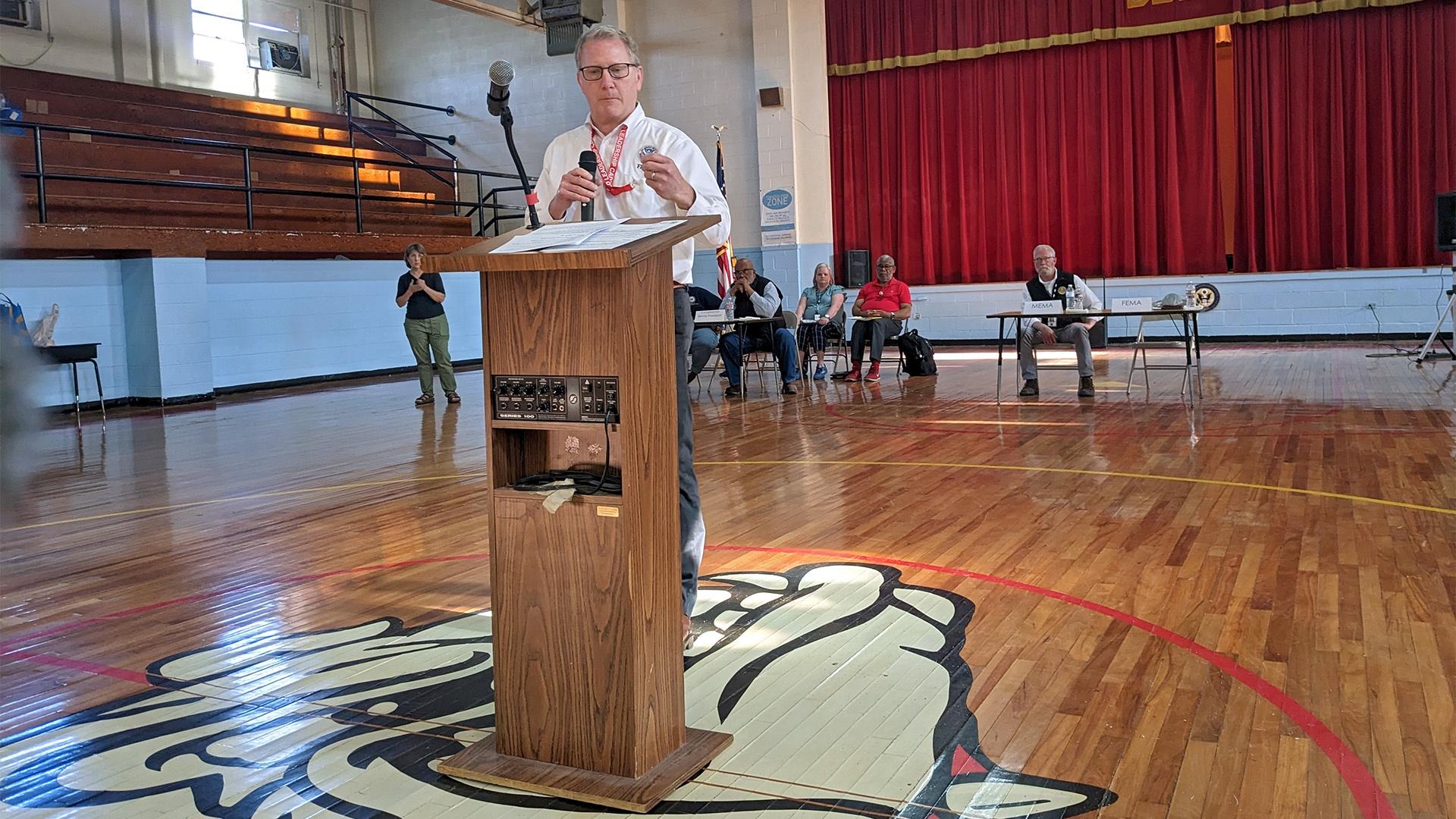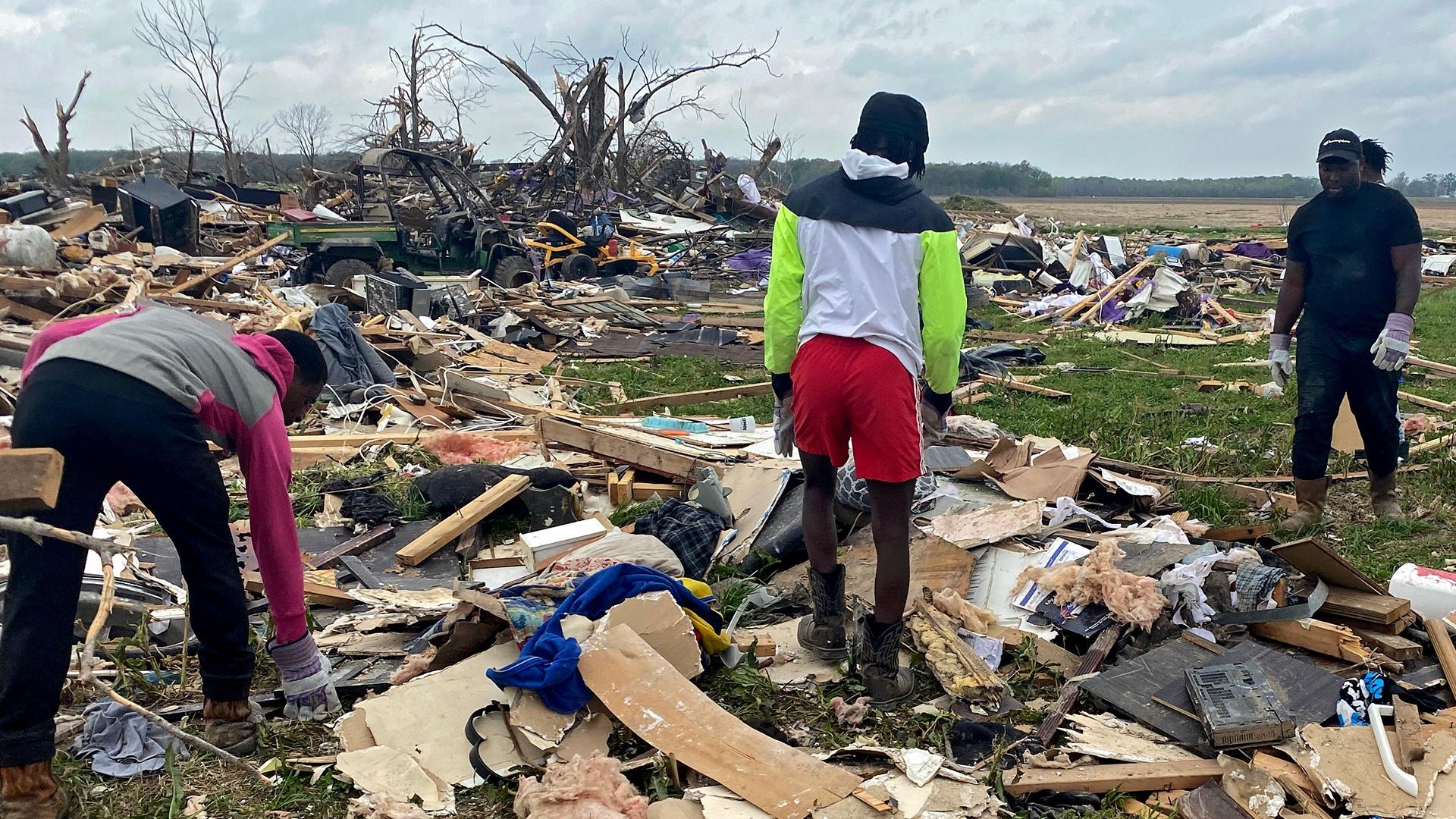But Brown said no single method will reach everyone.
“You really don't want to put all your eggs in one basket,” Brown said. “Technology is great, but, we've seen where technology fails. There has to be different modes of communication and outreach.”
There’s no blanket solution for creating an emergency response plan that will work for every community, but Willis said there are some key objectives. The first step is identifying the most underserved or vulnerable communities, where year-round training and planning for how to respond to natural disasters is necessary.
During her time as an emergency manager, Willis provided mobile home residents with weather radios since mobile homes are more likely to sustain damage during severe weather events. The radios are important for making sure these residents, especially, get alerts for often late night storms. Expanding broadband access to get weather alerts to more people would also help, but Brown said more old-school ways of getting information out might actually be more effective for some marginalized communities.
He encouraged community-based organizations to play a role, citing an example of a group in Florida that would go door-to-door assisting people with evacuations or preparedness measures prior to a hurricane.
As the Gulf South experiences more frequent extreme weather events, the need to invest in emergency pre-planning is growing. In 2022, Mississippi, Alabama and Louisiana ranked among the top 10 states with the most recorded number of tornadoes, according to the Insurance Information Institute.
“We typically have been used to these Midwestern outbreaks of tornadoes,” Brown said. “We probably need to consider more safe room investments in terms of grants and funding further to the east and to the southeast.”
This story was produced by the Gulf States Newsroom, a collaboration between Mississippi Public Broadcasting, WBHM in Alabama, WWNO and WRKF in Louisiana and NPR.
